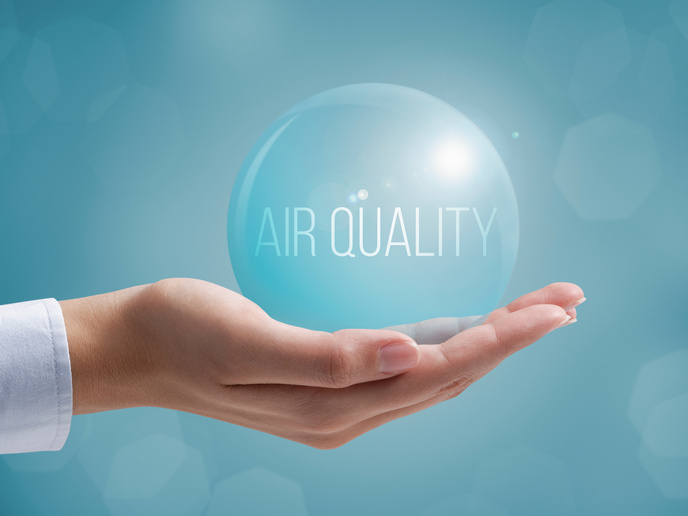Space age solution to greenhouse gas detection
Accurately monitoring atmospheric greenhouse gases (GHGs) such as carbon dioxide, methane and water vapour is critical to understanding how our climate is changing. This knowledge helps scientists and governments to identify areas of concern, and to take appropriate action. These GHG levels are usually monitored from ground-based networks, as well as satellites using high-resolution spectrometers. One space-based technology with a great deal of promise is light detection and ranging (lidar)(opens in new window). Lidar typically involves aiming a laser at an object or surface, and measuring the time for the reflected light to return to the receiver, and other properties of such reflected light. “Measuring GHG concentrations from space in this way is extremely challenging technically,” notes LEMON(opens in new window) project coordinator Myriam Raybaut from the French Aerospace Lab (ONERA)(opens in new window). “In Europe, only one lidar instrument-based mission – MERLIN(opens in new window) – is currently in development (scheduled for launch in 2028), and this is dedicated solely to detecting methane.”
Applying lidar to atmospheric GHGs
The LEMON project sought to advance Europe’s expertise in this promising field, and to build on growing interest in applying lidar to atmospheric GHGs. The specific approach used in LEMON is known as integrated path differential absorption, or IPDA lidar. IPDA lidar uses two or more closely spaced wavelengths. When tuned to the absorption lines of a particular gas, the concentration of this gas in the atmosphere can be measured. Absorption lines refer to the tendency of atmospheric gas to absorb light at specific wavelengths (i.e. the laser-emitted colours). “This technique is expected to provide complementary observation capacity, with the potential to deliver global atmospheric coverage during all seasons,” says Raybaut.
Refining lidar technology for space
Getting ready for space lidar subsystems Project results have led to a roadmap(opens in new window) for the eventual use of LEMON technology building blocks to detect multiple atmospheric GHGs. Key successes included the accurate detection of water vapour, and the development of new crystal components which help to change the laser emitter wavelengths to detect other GHGs. “We were able to show the potential of using simple and versatile building blocks for future space-borne differential lidar,” adds Raybaut. This technology also has potential for airborne monitoring, which could be run in collaboration with ground-based networks. This solution would combine the accuracy of ground-based networks with the wider surface coverage and column measurement capability of airborne sensors. “We will continue to work in both of these directions,” says Raybaut. “Our aim is to follow up with another project that builds on this project’s successes and increases the readiness of future space lidar subsystems.”







